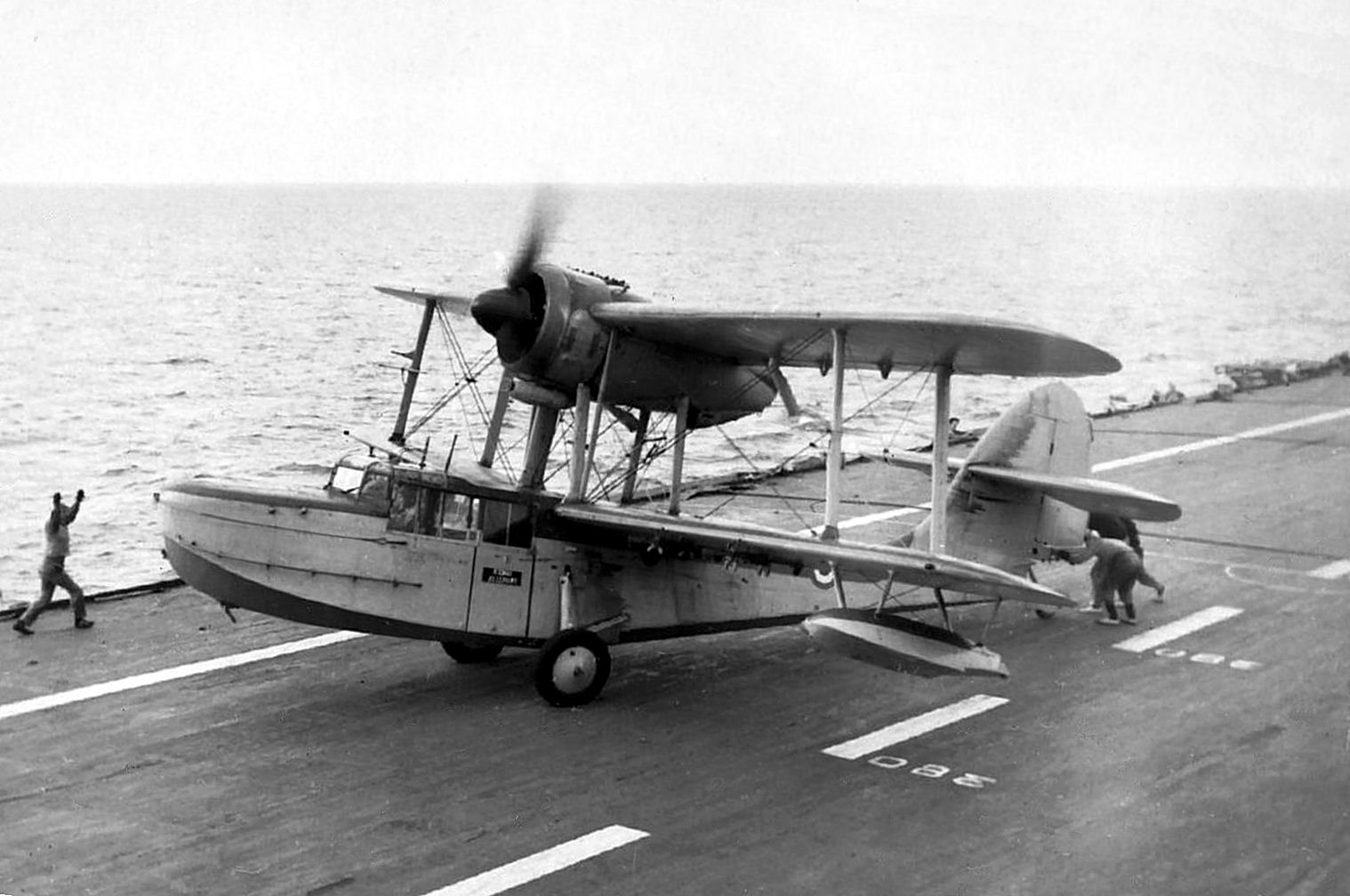Supermarine Sea Otter
The Supermarine Sea Otter was a British amphibious aircraft designed as a refinement of the Supermarine Walrus, which was a successful reconnaissance and air-sea rescue aircraft that entered service in 1936. It was the last biplane flying boat to be designed by Supermarine and the last biplane to enter service with the Royal Navy and the Royal Air Force.
Compared to the Walrus, which had a rear-facing engine the Sea Otter’s, was forward-facing. It also had a longer range, improved performance and more armament than the Walrus. It carried twice the number of 250 lb bombs (four instead of two) and had a twin Vickers K machine gun mount in the rear position instead of the Walrus’ single mount. It retained the single-mount in the nose position..
The development of the Sea Otter was delayed by Supermarine’s involvement in the production of the Spitfire and the Walrus. Although Supermarine’s design proposal was approved and two prototypes ordered on 17 April 1936, the first flight did not occur until 23 September 1938.
The first prototype of the Sea Otter flew on 23 September 1938, but it was not until 1942 that a production order was issued by the Air Ministry.
The Sea Otter entered service in November 1944 and was operated by both the Royal Navy and the Royal Air Force. It was deployed on various theatres of war, such as the Atlantic, the Mediterranean, the Baltic and the Black Sea. It performed missions such as spotting for naval gunfire, escorting convoys, attacking enemy shipping, rescuing downed aircrew and providing medical evacuation.
After the war, some Sea Otters remained in service with the Royal Navy until 1955. Some of them were involved in the Korean War from 1950 to 1953, operating from HMS Glory as part of No. 1700 Naval Air Squadron. They performed air-sea rescue missions for both British and United Nations forces. One of them, JM697, rescued 29 downed aircrew during its service in Korea.
Surplus Sea Otters were sold or transferred to other countries, such as Australia, Denmark, Egypt, France and the Netherlands. Some were converted to civil configuration by Supermarine. They were used for passenger and cargo transport, aerial survey work, air ambulance services and charter flights by various civil operators.
Australia

Civil Users

Denmark

France

Netherlands

United Kingdom

